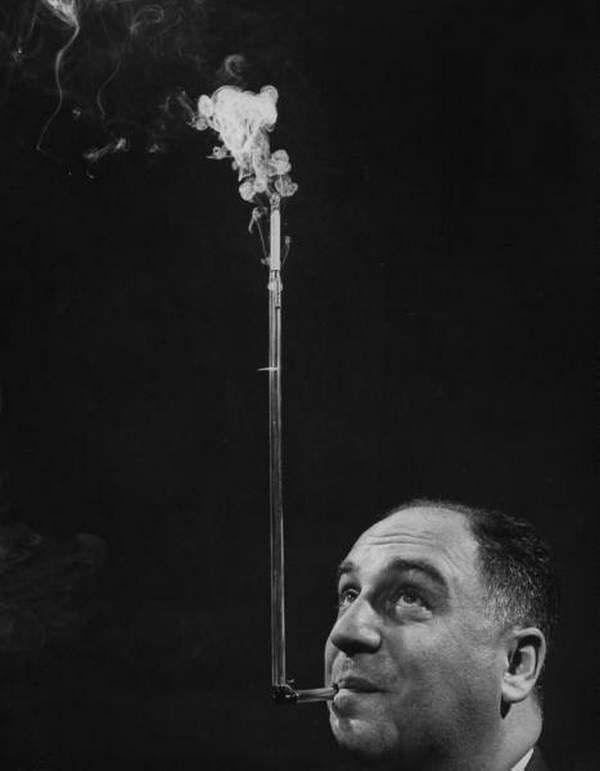This week billions of people around the world will use digital technology — their smartphones — to receive smoke signals. The announcement of a new Pope will employ one of the weirder combinations of communications technologies in recent memory. Imagine Paul Revere’s ride being followed by a BBC crew and beamed live to Brazil.

Yet the Vatican’s smoke-to-satellite system isn’t as old or accidental as it seems. According to a history published by the St. Michael Society, a church political lobby (yes, really: “A society of Catholic professionals and activists engaging to defend and promote the faith in the public policy and political arena”) the smoke signal tradition is hardly a century old, and emerged concurrent with modern media. The Sistine Chapel had been around for four centuries before anyone thought to install a fireplace:
After Pope Pius X, who was elected in 1903 and died in 1914, declared that the ballots would be burned to preserve secrecy, the cardinals in 1914 decided that black smoke would signal an inconclusive conclave vote and white smoke would announce the good news of the election of a new pope. This was also good news for the media and the public in general as everyone could get a first-hand look at the events unfolding in Rome during the conclave. In the long history of the Church, using smoke signals is a relatively new concept.
The Catholic system is also pretty primitive, as smoke signalling goes. Denver’s Telecommunications History Group, which documents this sort of thing, notes that the local Arapaho people had adopted fire signaling not only to communicate over great distance, but because it provided an opportunity for coded messages. Parallel to smoke, the Arapaho had developed a sign-based lingua franca for speaking with other tribes across linguistic barriers. But everyone understood the sign system — making it hard to hide one’s intentions if you were negotiating or involved in any sort of conflict.
A safer and quicker way to communicate over distance was with smoke signals and beacon fires. These did not consist of a standardized code like sign language. (Although there were some standard smoke signals: One puff meant “Attention”; two meant “All is well”; and three puffs of smoke, or three fires in a row, signified “danger, trouble, or need help!”) The intent was to transmit secret knowledge over distance, so most of the signals were devised privately and to suit a particular purpose. The signals were visible to all, so they had to be understood by the intended receiver, but not by an enemy.
Not unrelatedly, the Boy and Girl Scouts have always been very into fire. As anyone who struggled past the dreaded, awkward Webelo badges will attest, the Arapaho standards made it into the 1911 Boy Scout Manual, which advised lost Scouts to light adjacent fires:
You are not nearly so far from camp as you think you are. Your friends will soon find you. You can help them best by signaling. Shout from time to time, and wait; for though you have been away for hours it is quite possible you are within earshot of your friends. If you happen to have a gun, fire it off twice in quick succession on your high lookout; then wait and listen. Do this several times and wait plenty long enough–perhaps an hour. If this brings no help, send up a distress signal–that is, make two smoke fires by smothering two bright fires with green leaves and rotten wood, and keep them at least fifty feet apart, or the wind will confuse them. Two shots or two smokes are usually understood to mean “I am in trouble.” Those in camp on seeing this should send up one smoke, which means, “Camp is here.”
The Scouting advice predates the Vatican system by three years.



